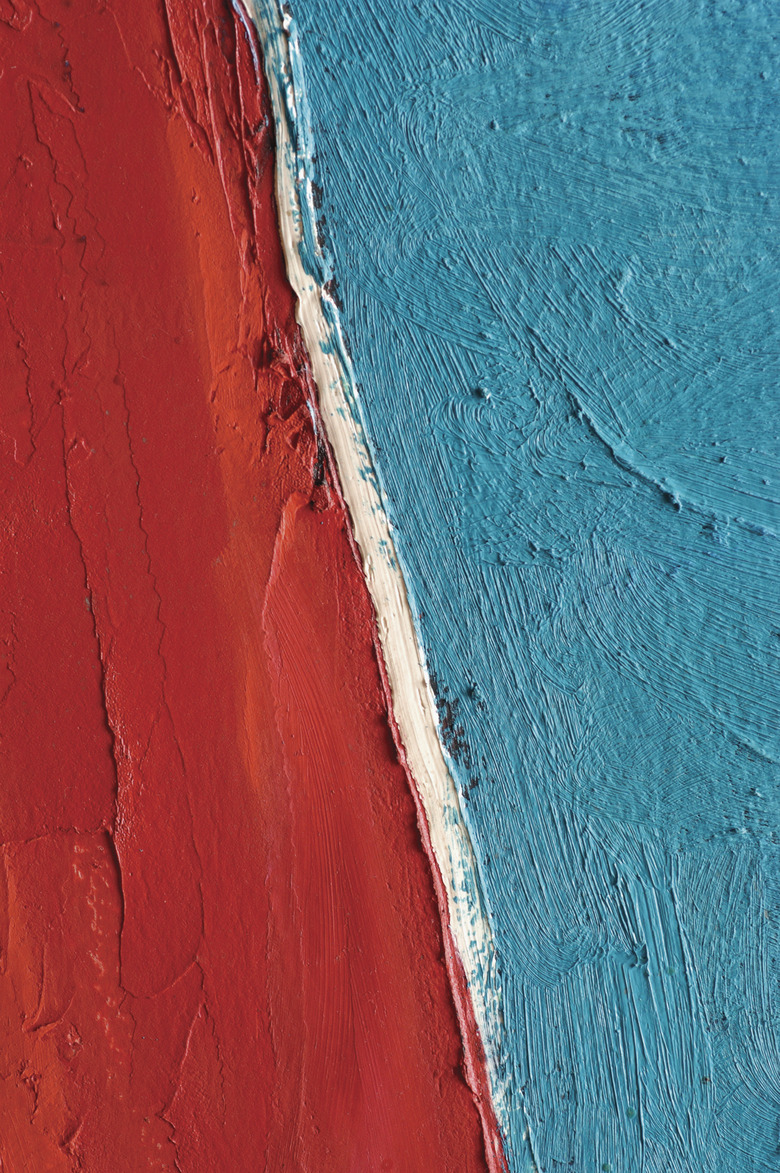What Can You Add To Paint To Make Textured Walls?
Textured paint can be used to disguise flaws in walls and to draw attention to a specific aspect of a room. The textured wall look can be created by either buying a pre-made textured paint or by adding a source of texture into regular paint. When you make your own textured paint, you are in control of the appearance of your final product because you decide what you add to the paint to create the texture, as well as how much texture you want to create.
Sand
Sand
The most common substance added to paints to create a textured final product is sand. Specifically, silica sand that is sold by home improvement and hardware stores for mixing with paint. You can add as much or as little sand to your paint as you like to create the perfect custom look and the paint should not be otherwise affected by the sand. It is generally advised to use silica sand rather than natural sand because silica sand is clean and consistent in texture.
Joint Compound
Joint Compound
To create a look similar to Venetian plaster on your walls, you can mix a powdered joint compound into a latex paint. Once you have mixed the joint compound into the paint, you can create a plastered look on your walls by using the Milano plaster tool, a special texturing device that is commonly used for creating old-style appearances on walls.
Texture Additives
Texture Additives
In addition to pure silica sand, most home improvement stores sell a variety of specifically designed texture additives to add into paints. Many of these products are sand-based, but may contain other ingredients and come in different grains so that you can create a fine, medium or coarse grain appearance on your walls.
Household Items
Household Items
The creative painter can use a variety of household items to create texture within the paint. Sugar-free coffee grounds, cornmeal or crushed minerals can be mixed into paint to create a truly unique look, as can almost any other grainy household item. Just be careful to select items that are not water soluble and do not contain enough sugar or sweetener to attract ants or other bugs to your walls looking for a snack. Dirt, outdoor sand, clay particles and other natural materials can be used as well. Experiment with different textures and mixtures by adding small amounts of the texture into small amounts of paint and creating sample areas on a spare board or piece of drywall until you get the appearance you are looking for.
